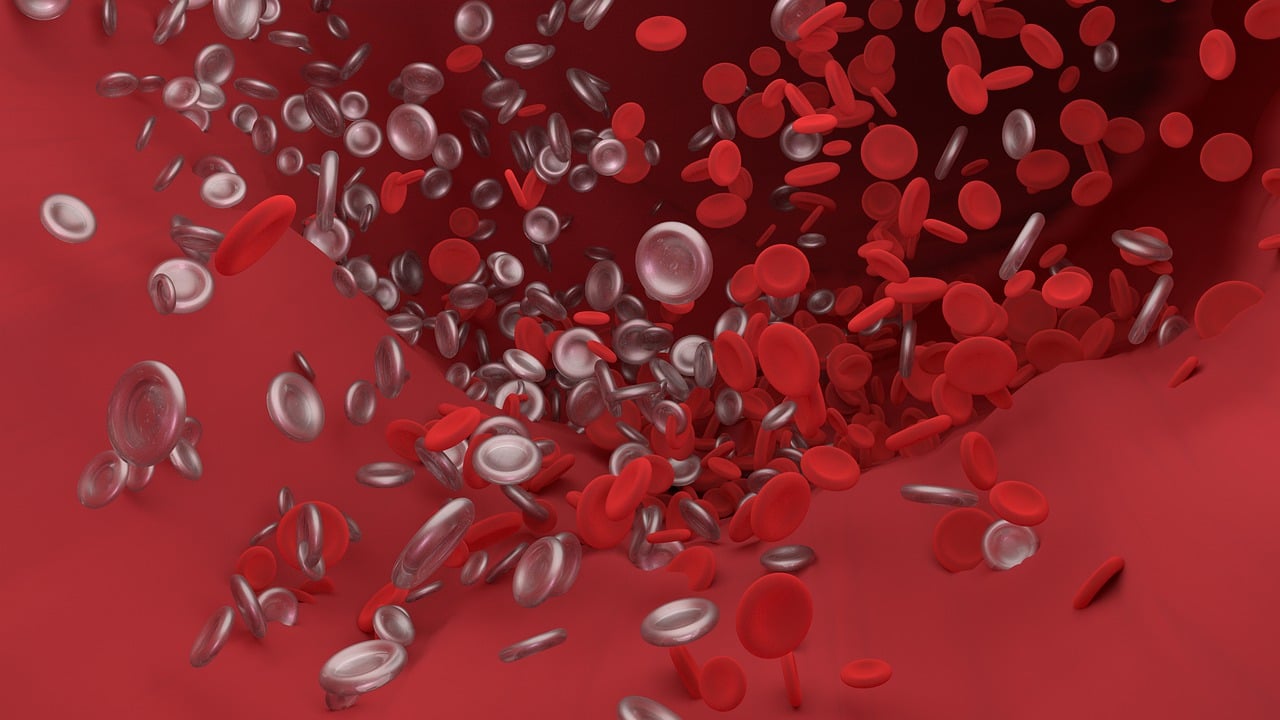
Silent Threat Revealed: Unraveling the Truth About Deep Vein Thrombosis (DVT) for Indian Patients
Introduction: Unveiling the silent threat of deep vein thrombosis (DVT), a potentially dangerous condition that can affect anyone, is crucial for Indian patients seeking to prioritize their health and well-being. In this comprehensive guide, we will unravel the truth about DVT, shedding light on its nature, symptoms, causes, risk factors, available treatments, and the importance of early detection. Whether you’re an individual at risk or simply curious, this article aims to provide a clear understanding of DVT, empowering Indian patients to take proactive steps towards prevention and seek timely medical intervention if needed.
Understanding Deep Vein Thrombosis (DVT): Deep vein thrombosis is a condition characterized by the formation of blood clots within the deep veins of the body, typically in the legs. These blood clots can partially or completely block blood flow, posing serious health risks. Understanding the nature of DVT is essential for recognizing its symptoms, understanding its causes, and taking preventive measures.
Recognizing the Symptoms: Recognizing the symptoms associated with DVT is crucial for early detection and timely medical intervention. Common signs may include swelling, pain, warmth, and redness in the affected limb. Some individuals may also experience tenderness or a heavy sensation in the leg. If you experience these symptoms, it is important to consult a healthcare professional for accurate diagnosis and appropriate treatment.
Understanding the Causes and Risk Factors: DVT can occur when blood flow slows down or becomes stagnant, allowing clots to form. Several risk factors can contribute to the development of DVT, including prolonged periods of inactivity, such as sitting for long hours during travel or bed rest after surgery. Other risk factors include obesity, smoking, hormonal changes (such as during pregnancy or while taking certain contraceptives), certain medical conditions, and a family history of blood clotting disorders. Being aware of these risk factors can help individuals take preventive measures and seek medical advice when necessary.
Prevention and Treatment: Preventing DVT involves making lifestyle changes and taking preventive measures, especially for individuals at higher risk. Regular physical activity, such as walking or stretching, can help improve blood circulation. Staying hydrated, maintaining a healthy weight, avoiding prolonged periods of inactivity, and wearing compression stockings during long flights or bed rest can also reduce the risk of DVT. In cases where DVT has already occurred, medical treatment options may include blood thinners (anticoagulants) to prevent further clot formation and promote the dissolution of existing clots. Your healthcare provider will guide you on the most suitable treatment plan based on your specific needs.
Seeking Medical Help: If you suspect you have DVT or are at high risk due to certain factors, it is important to seek medical help promptly. Your healthcare provider will conduct a thorough evaluation, which may include physical examination, imaging tests (such as ultrasound or venography), and blood tests to confirm the diagnosis. Early detection and treatment are crucial to prevent potential complications, such as a pulmonary embolism, where a blood clot dislodges and travels to the lungs.
Awareness and Empowerment: Raising awareness about DVT is vital for Indian patients to recognize the signs, take preventive measures, and seek timely medical intervention. Educate yourself about the risk factors, preventive strategies, and the importance of leading a healthy lifestyle. Regular check-ups, open communication with your healthcare provider, and adhering to recommended preventive measures are essential for maintaining your vascular health.
Conclusion: Unveiling the truth about deep vein thrombosis (DVT) empowers Indian patients to prioritize their vascular health and take proactive steps towards prevention. By understanding the symptoms, recognizing the causes and risk factors, adopting preventive measures, and seeking medical help when needed, individuals can reduce the risk of DVT and its potential complications. Remember, your health is in your hands, and early detection and intervention can make a significant difference in your well-being. Stay informed, stay proactive, and prioritize your vascular health for a healthier future.
I hope this article has helped you understand endometriosis better. You can consult a doctor for more information


